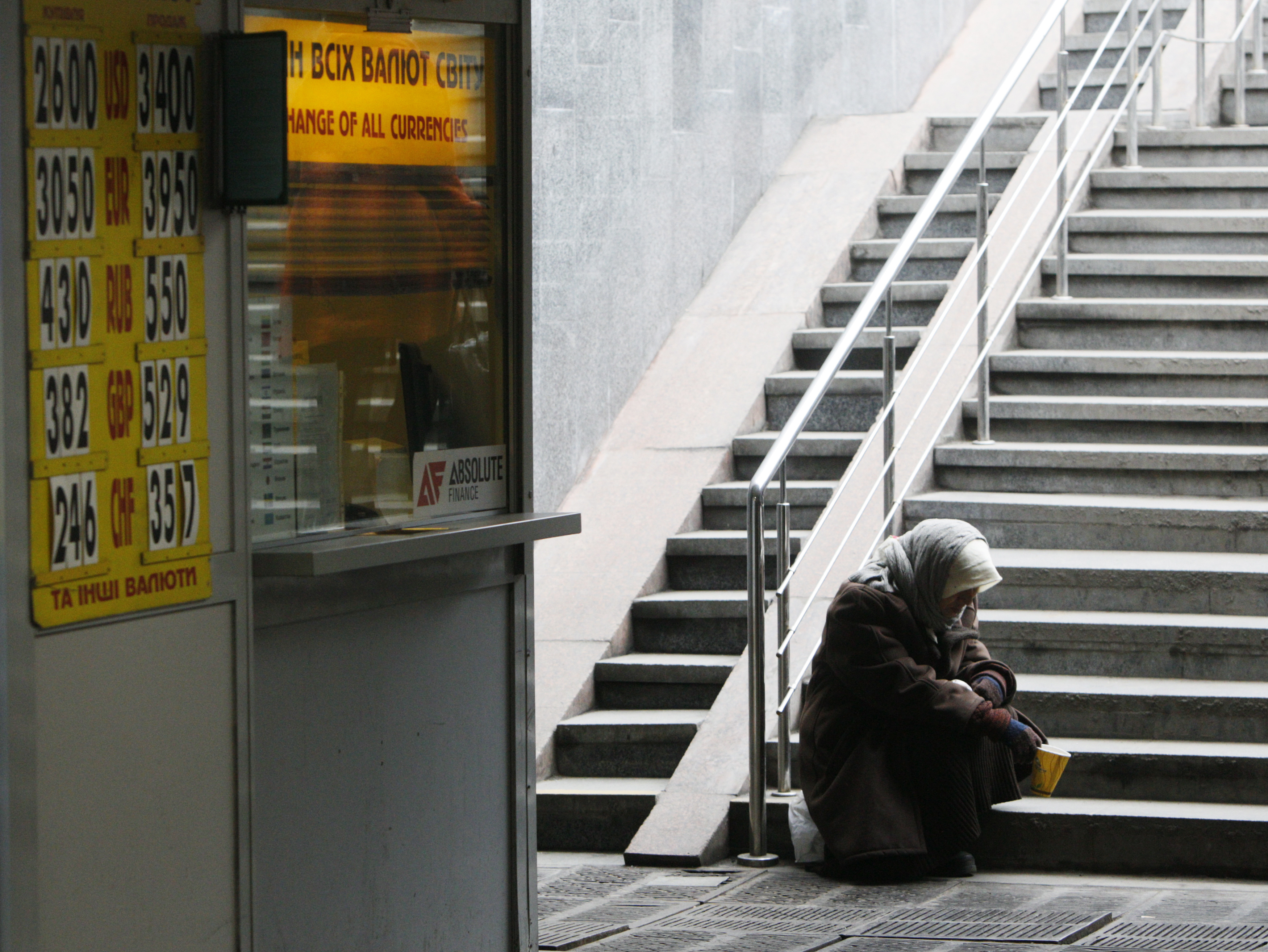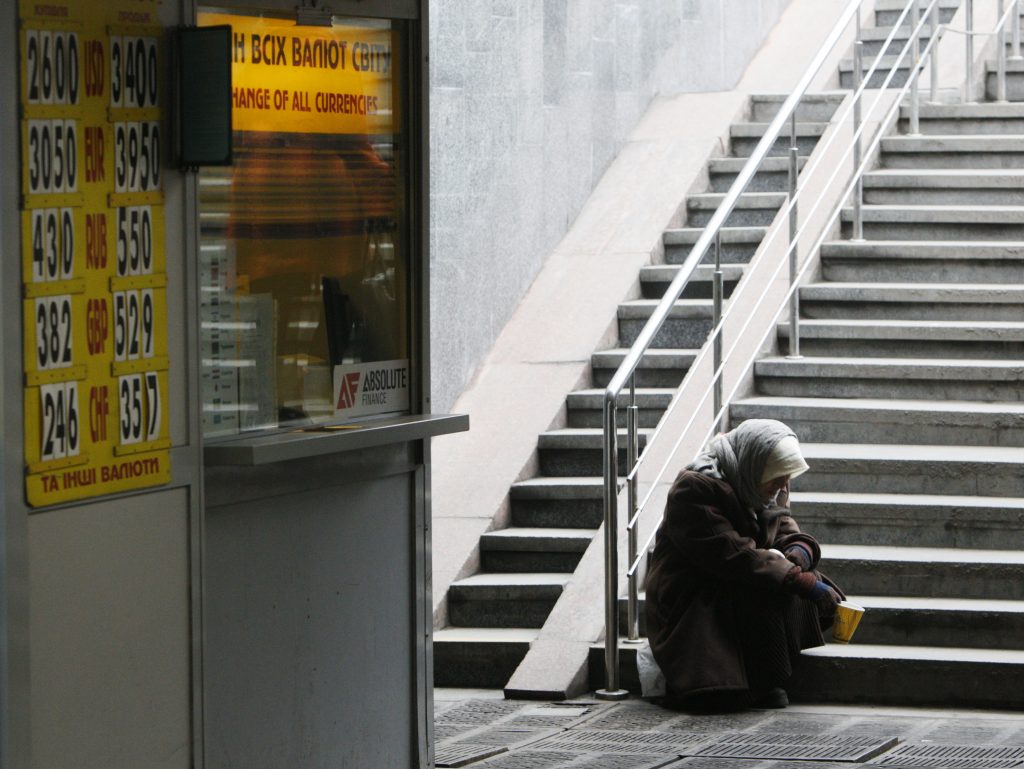
Kyiv Has Begun the Hard Steps of Reform; IMF and Allies Must Now Deliver Quickly
The dramatic plunge last month in the value of the hryvnia, Ukraine’s currency, sparked speculation about an immediate, national economic collapse. Despite the drama—the hryvnia lost more than half of its value against the dollar in February, hitting a record low of 33.75 before regaining (to 23 to the dollar)—a close look at Ukraine’s financial numbers shows that panic is unfounded.
No doubt, Ukraine is in an economic crisis—and a deeper one than is widely understood in the West. However, Ukraine’s government took serious, politically difficult steps to put the economy on a stronger footing. One new law holds bank owners responsible for fraud and dubious transactions—a potentially radical improvement in the transparency and resilience of the banking system. The government also slashed energy subsidies, a major source of inefficiency in the energy sector and a debilitating burden on Ukraine’s public finances. These steps are costly in economic and political terms.
Now it’s the turn of the International Monetary Fund and other donors to deliver, within the next week or so, the large, early tranche of assistance—as much as $8 billion—that is critical to helping Ukraine weather its immediate crisis.
Layers of Crisis
That crisis remains multi-layered. The gross domestic product in the last quarter of 2014 was 15 percent less than a year before. As of January 2015, the hard-currency reserves of the National Bank of Ukraine (NBU) stood at $6.4 billion, which is equivalent to 1.3 months of 2015 imports. To decrease the risk of default, the International Monetary Fund (IMF) recommends reserve levels of at least three months of imports; most countries maintain levels well above this minimum. The Minsk II ceasefire agreement has failed to end warfare that recently has deepened Ukraine’s fiscal deficit by its military expenditure of $5 million to $10 million a day. Also, Ukraine continues to face an energy crisis as its Russian gas supplies remain uncertain.
Still, the prospect of about $8 billion in immediate new loans to the government, if fulfilled, will prop up the Ukrainian economy and the hryvnia. Those funds would come as part of the new $17.5 billion emergency loan program agreed February 12 by the government and the IMF. With other pledged funding for Ukraine from the international community, including the United States, the total injection of fresh credit will be about $40 billion over the next few years. However, one should keep in mind that previous promises of aid have been coming in slowly to Ukraine.
Deep losses in a currency’s value offer some benefits to troubled economies, and the hrynia’s deep depreciation has done so for Ukraine. The country’s current account deficit (that is, the amount of money it loses each month by spending more than it takes in through international trade) fell by about 70 percent during the first three quarters of 2014. In all likelihood, the current account will continue to improve though 2015 and beyond—and that will slow the rate at which Ukraine accumulates new debts.
That decline in the deficit, along with the new international credit, should give Ukraine enough resources to cover its foreign-currency needs for the next four years. That includes $9.7 billion in payments this year on public and important foreign debt.
Central Bank’s Response
Markets have already responded to these positive developments. When the new IMF program was announced, the probability of default on Ukraine’s public debt, which is measured by the price of credit default swaps, fell from about 19 percent to just over 11 percent.
Also, the NBU helped stabilize the currency by tightening foreign exchange and capital controls. Normally, the IMF and other international agencies would criticize such steps, which create market inefficiencies. In a crisis, however, free movement of capital can exacerbate runs and panics. The NBU faced conflicting constraints: it could not simultaneously keep inflation low, help the government’s fiscal stance, protect banks and those who borrowed in foreign currency before, and prop up the hryvnia all at the same time. The only pragmatic response was to limit the free flow of capital between Ukraine and other countries, which was really mostly private outflows from Ukraine.
An alternative would have been to impose fiscal austerity and tight monetary policy. But as the Greek case has shown, when an economy is extremely weak, the austerity alternative can be devastating. Thus the NBU’s decision to introduce temporary capital controls was the best option under the circumstances.
The IMF’s infusion of international credit, coupled with the correct domestic policy response, has been strong enough to put out the fire in foreign-exchange markets. The current panic should subside shortly.
Yuriy Gorodnichenko is Associate Professor of Economics at the University of California at Berkeley.
Image: An elderly woman waits for change from passersby near a currency exchange office in Kyiv that displayed prices for Ukraine’s hryvnia at a record lows on February 26. The currency lost half of its value in the first two months of 2015, a reflection of the war and economic crisis in the country. (Reuters/ Valentyn Ogirenko)

